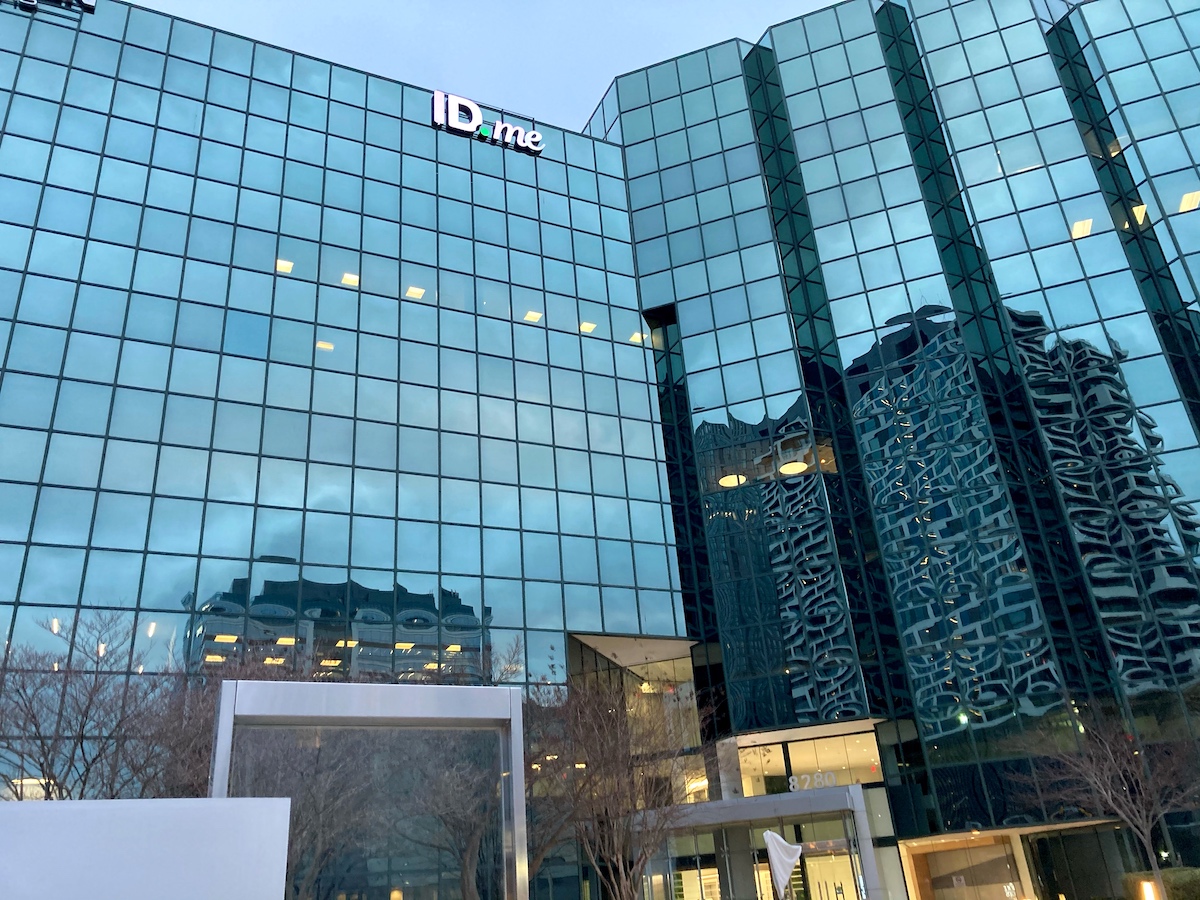While it wasn’t filled with quite as much chaos as its sister year 2020, 2021 has definitely made a mark on our cumulative memory.
It’s been a year of new gigs and fresh starts (aka The Great Resignation), vaccines and boosters, and plenty of room for professionals to decide if remote work was their future. For many DC technologists and companies, it brought a pivot from the survival mode of 202o to more sustained growth (in some cases, massive growth).
Throughout it all, we were bringing you stories of the power players, the noteworthy newbies and everything in-between. As we close each year, we take a look back to reflect on what we published, namely, what mattered most to our readers. One way to track that is by looking at the hard data showing how many views a story received.
What did we learn? Y’all had your eyeballs on company culture, hiring and really anything to do with McLean, Virginia-based financial services giant Capital One. You wanted to be in the know about the region’s top players, be it public companies, new unicorns or who’s who in the edtech community.
Out of hundreds of stories, (FYI — we left off any of our roundups like RealLIST Startups and our awards nominees since they happen every year. We’re trying to capture 2021 here, okay?), here are the top 10 reads of 2021:
10. Amazon Fresh, Franconia’s Version

Back in June, the Amazon Fresh store in Franconia, Virginia, was the place to be for Technical.ly readers. The store, which was the first one in the region, was a hit, tricked out with tons of grocery store tech. Customers could sign in with a QR code, ring up items as they were placed in the cart and ask questions of roving kiosks. Franconia also precedented later stores in Logan Circle and Chevy Chase, Maryland, that let shoppers skip the checkout line and Just Walk Out.
9. ID.me’s unicorn status, unlocked

In March, the NoVa identity verification software firm closed a $100 million Series C round led by Viking Global Investors, reaching a $1.5 billion valuation. It has since led to huge company growth, including adding 1,300 employees to its team. Since it reached that key valuation number, ID.me raised another $100 million, honed in on company culture (more on that later) and, oh yeah, landed a Technical.ly Awards nomination.
8. The DMV’s top edtech companies

Edtech had a banner year in DC, with monumental growth from Michael Chasen’s Zoom-complementing software company Class Technologies, huge moves from student loan firm MPOWER Financing and big moves in mergers. In this article, we broke it all down with a list of the 14 top edtech companies, from the region’s roots in Blackboard all the way to newer players like Words Liive (we even gave shoutouts to some non-traditional edtech firms like Cybrary). Stay tuned for 2022 to see what’s next from these power players.
7. Our check-in with Capital One alum Julie Elberfeld
After years of work advocating for inclusion efforts as the company’s diversity and inclusion lead, former CIO Julie Elberfeld left her role at Capital One in 2020 to push for more change and encourage diversity efforts in tech. We checked in this year when she took on a new role as interim CTO at DC nonprofit Opportunity@Work, which works to land tech roles for workers without four-year degrees. One year later, Elberfeld broke down some of the progress the sector has seen since the racial reckoning of 2020, and the work still to be done.
6. How I Got Here: Capital One’s Melanie Frank

We sat down with Capital One managing VP of cyber engineering Melanie Frank to talk about her journey throughout a 20-year career. She spoke about making a pivot without changing companies, moving up the chain and how there’s always something new to love in tech.
5. ID.me’s post-unicorn company culture
After the love following ID.me’s unicorn status, y’all wanted to know how the growth company was maintaining its company culture following its massive employee headcount additions. CEO Blake Hall broke down what it had done since the raise, offered a peek into its hiring process and told us about some of the culture staples that were still alive and well, even after adding 1,300 people in 2021.
4. IonQ’s public move
In September, the University of Maryland’s Discovery District quantum computing darling went public in a SPAC deal with dMY Technology Group Inc. III. The College Park company raised $635 million in the deal, closing at a $2 billion valuation. Here, CEO Peter Chapman told us what the move to the public market meant for the company going forward, and what he thinks is in store for the overall quantum industry.
3. The top coding languages of 2021

Ahead of the Great Resignation, in February we tracked down the top 10 programming languages for hiring manages and tech companies in the DMV, according to local bootcamp Coding Dojo. According to the data, employers were seeking out developers in Python, SQL, Java, R, Visual Basic, JavaScript, C++, C#, Objective C and Ruby.
2. Capital One…again
In its third appearance on the list, Capital One was on the hunt for new talent. In July, Capital One announced that it would be adding a whopping 3,000 technologists by the end of 2021, with almost 75% of the hires in engineering roles focused on machine learning, software development and data work.
“That public cloud is really the driver of our technology journey and our aggressive hiring plan,” managing VP Mindy Ferguson told Technical.ly at the time. “We now need people who can keep up with our hiring plan, and our hiring plan needs to keep up with the pace of technology, and the pace of technology doesn’t stop.”
1. SAIC’s flexible workweek
Starting in 2022, Reston, Virginia-based IT services firm Science Applications International Corporation (SAIC) will have a new option for its employees: a flexible, four-day workweek. The company, which is still largely remote, announced in October it would be giving employees an option to work a few extra hours in the evenings and have off every other Friday. Michelle O’Hara, executive vice president and chief human resources officer at SAIC (also an awards nominee), spoke with Technical.ly about the implementation of the policy, particularly noteworthy given the thousands of employees at SAIC.
“We made this linkage between flexibility, well-being and inclusion,’ O’Hara told Technical.ly. “Flexibility is the underpinning to [inclusion and well-being]. When you can give a sense of ultimate flexibility for employees to be able to manage what happens inside of work and outside of work — and these days, we know it’s all blended together — that actually creates a more inclusive environment because more employees are able to engage in a healthy way.”







